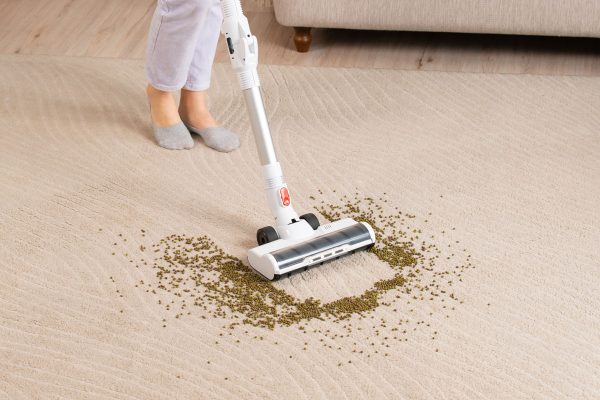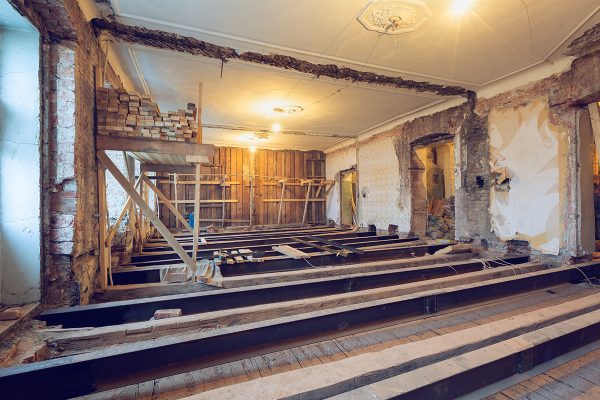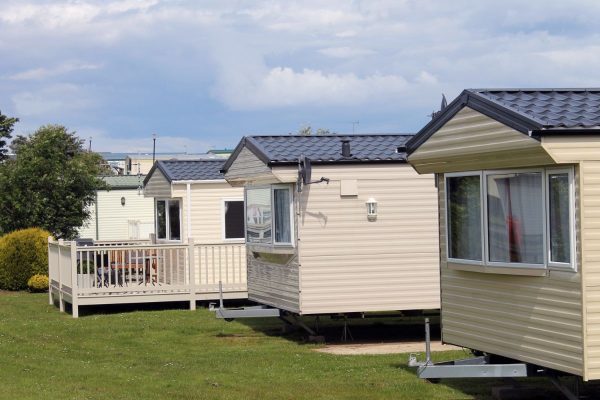You might be facing the problem of a sinking bathroom floor. It can be a real hassle trying to determine the source of the problem and fix it. Luckily, we did research to solve this kind of bathroom problem.
Sinking floors are a surprisingly common problem in bathrooms, and there are a few different reasons why they occur, including:
- Loose tiles
- Water damage
- Foundation problems
- Poorly installed floors
- Sewer line leaks
- Poor Drainage
In this blog post, we're going to explore some common reasons why your bathroom floor is sinking and what you can do about it. So read on for helpful tips!
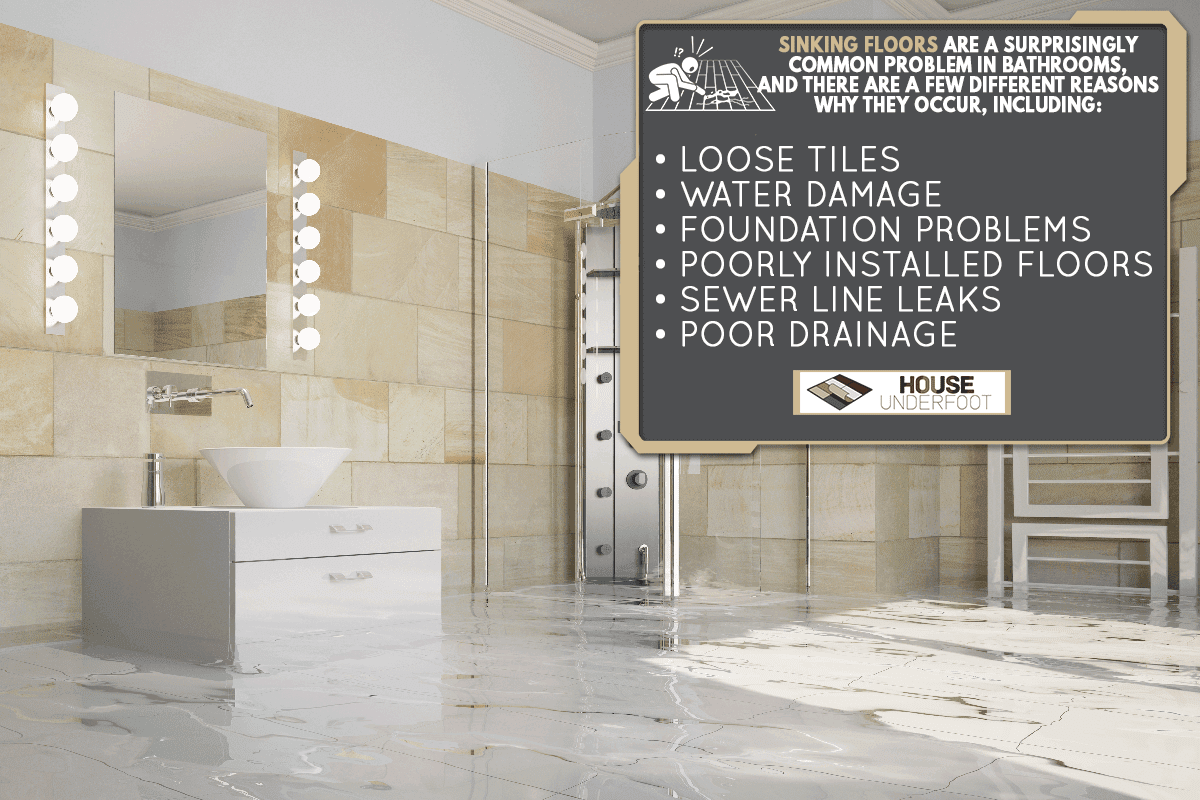
What Could Cause a Bathroom Floor to Sink?
If you've ever stepped into a bathroom and felt an unpleasant sinking sensation underfoot, you're not alone. Bathroom floors can sink for a number of reasons, ranging from minor issues like loose tiles to major problems like water damage.
Here are six of the most common causes of a sinking bathroom floor:
1. Loose Tiles
Over time, the adhesive that holds tiles in place can break down, causing individual tiles to become loose. If enough tiles come loose, it can cause the entire floor to sink.
Besides that, if the tiles are not properly adhered to the subfloor, they can start to come loose, especially if there is a lot of foot traffic in the bathroom. In addition, loose tiles can also cause the grout to crack and crumble, which can create additional problems.
2. Water Damage
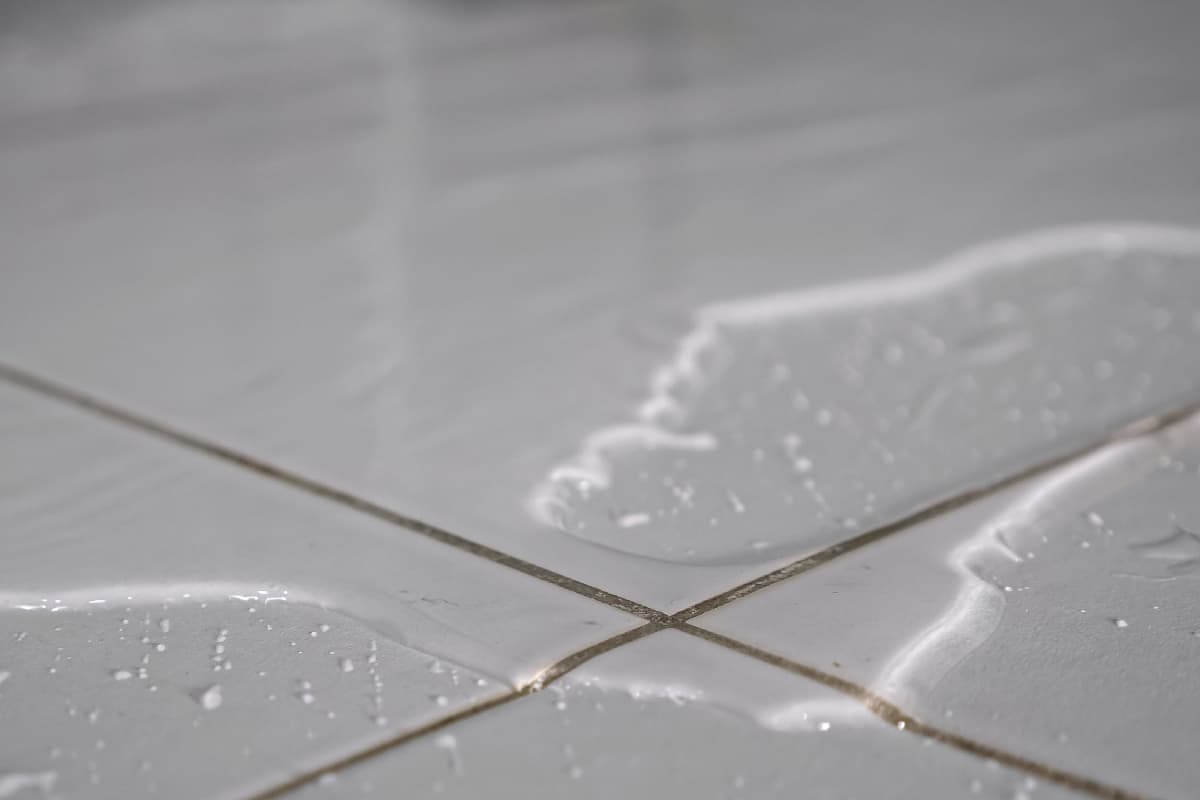
One of the most common causes of sinking floors is water damage. If water leaks into the subflooring or joists, it can cause the floor to weaken and eventually sink.
In addition, water can also cause the glue or nails holding the flooring in place to loosen, leading to further instability. Over time, this can lead to the floor sagging or even collapsing.
3. Foundation Problems
The most common cause of a bathroom floor sinking is a foundation problem. The weight of the bathroom, combined with water damage, can cause the foundation to shift or settle.
This can cause the floors to sink, making it difficult to open and close doors and creating an uneven surface. In some cases, the damage may be severe enough to cause the bathroom to collapse.
4. Poorly Installed Floors
If the floor is not properly installed, it can also cause the tiles to crack and break. This can be dangerous because it can create a trip hazard.
In addition, if the floor is not level, it can also cause the toilet to be off-center. This can make it difficult to use the toilet and can cause waste to spill onto the floor.
5. Sewer Line Leaks
Another common cause of a sinking bathroom floor is a leaking sewer line. When sewage leaks from the line, it can soften and deteriorate the ground around the bathroom, causing the floor to sink.
6. Poor Drainage
Poor drainage is another common cause of a bathroom floor sink. When water does not drain properly around the perimeter of the house, it can seep under the foundation and wash away soil, causing the floor to sink.
Improperly sloped floors can also cause poor drainage and subsequent sinkage. If the floor is not sloped correctly, water will puddle in certain areas instead of draining away.
If you're dealing with a sinking bathroom floor, it's important to identify the cause so you can take steps to fix it. Otherwise, you may be dealing with more serious repair needs down the road.
How Can You Tell If Your Bathroom Floor Is Sinking?
If you notice any of these signs, it is important to have the problem assessed by a professional to determine the best course of action.
Bad Smell
One way you can tell if your bathroom floor is sinking is by the musty smell. If you have a musty smell in your bathroom, it means that there is moisture in the air. This can be caused by a number of things, but one of the most common causes is a sinkhole.
When water seeps into the ground, it can cause the ground to collapse. This can cause your bathroom floor to sink. If you have a musty smell in your bathroom, it's important to have it inspected by a professional.
Presence of Mold and Mildew

While a little water on the floor is normal, especially after a shower, puddles that remain long after the water has been turned off can be a sign that your floor is no longer level.
In addition, mold and mildew are often indicators of a leaking pipe or other hidden water sources. If you see mold or mildew on your bathroom floor, it's important to investigate the cause.
Warped Walls
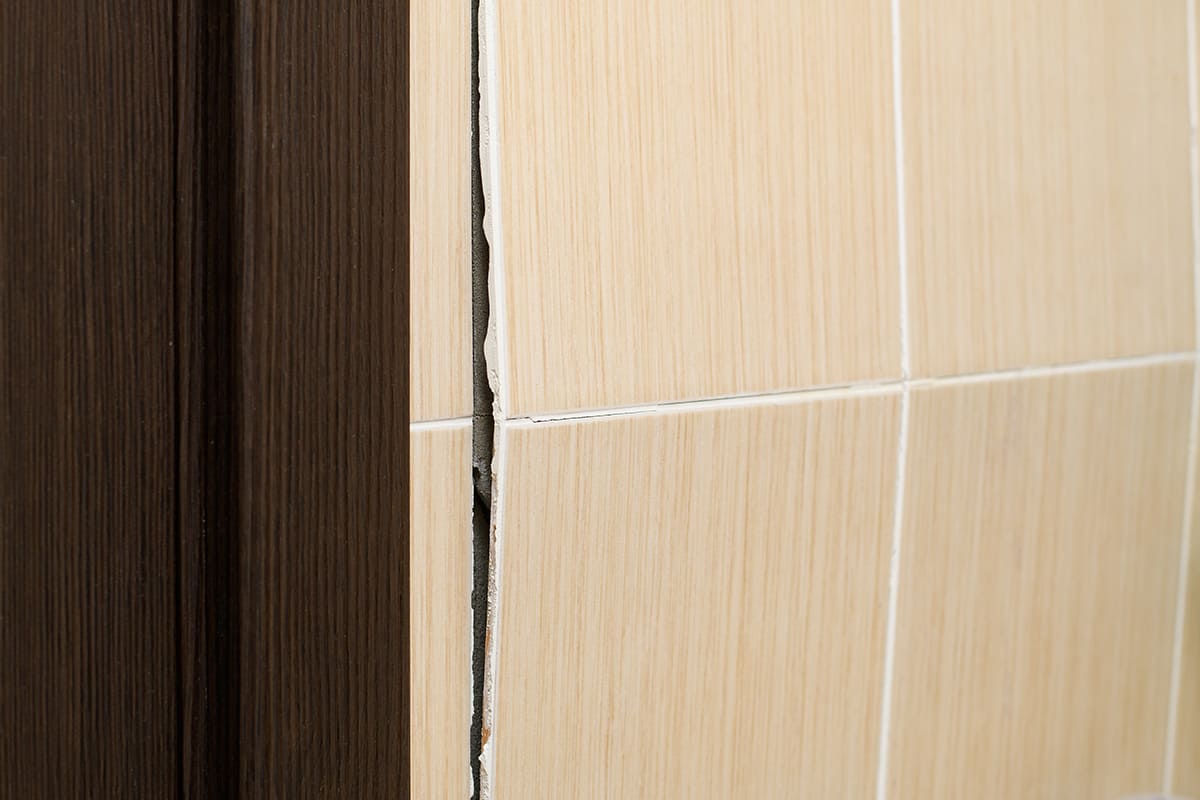
One way to tell if your bathroom floor is sinking is to look for warped walls. If the walls of your bathroom are no longer straight, then it's likely that the floor has sunk and is no longer level.
This can be a serious problem, as it can cause the bathroom to become less functional and even unsafe. Warped walls can also make it difficult to install new fixtures or make repairs.
Spongy Floor
If your bathroom floor starts to feel spongy underfoot, it could be a sign that the floor is beginning to sink. This usually happens when the subflooring or joists below the floor start to rot or break down.
As the support structures fail, the weight of the floor and everything on it begins to press down on the lower levels, causing them to collapse.
Gaps in Caulk
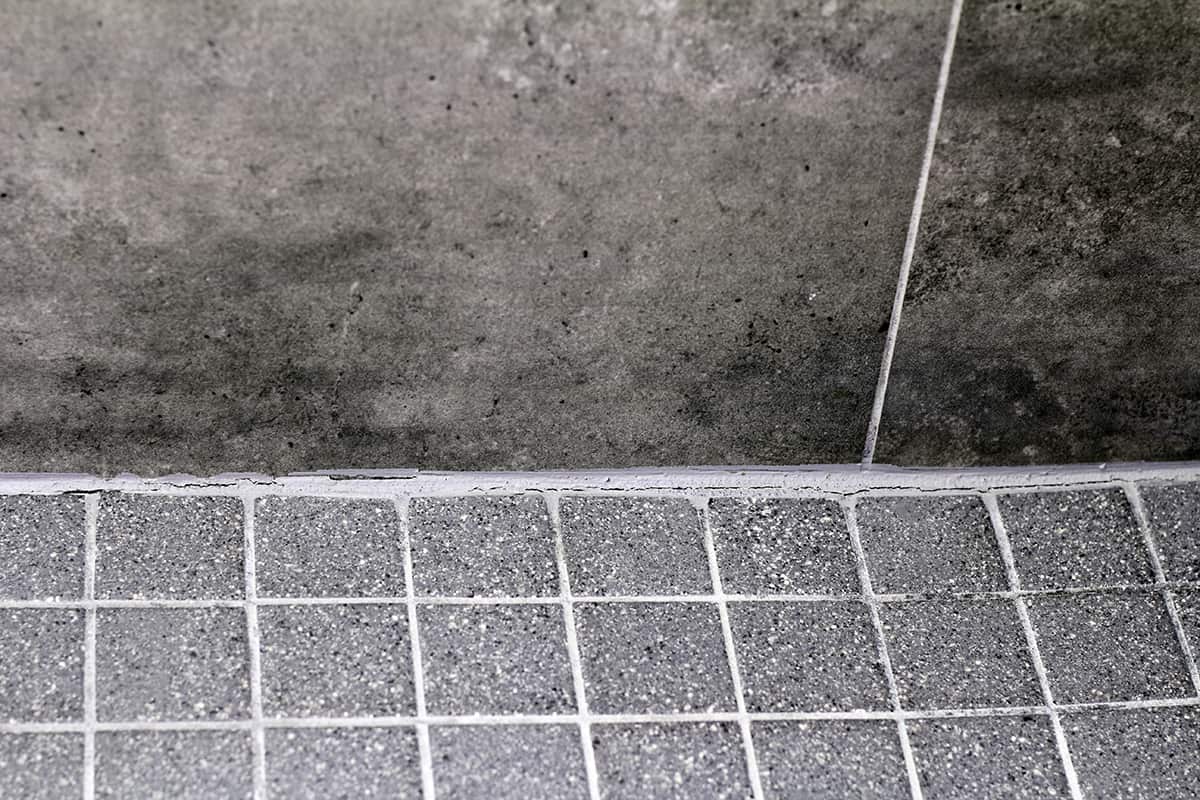
Another sign of a sinking floor is cracks in the tiles or grout. These cracks can run horizontally, vertically, or diagonally, and they may be small or large. If you notice any cracks, it's important to have them checked out by a professional as soon as possible.
What Should You Do If Your Bathroom Floor Is Sinking?
Step 1: Prepare Your Bathroom
If your bathroom floor is sinking, the first thing you should do is prep the area. Remove any furniture or rugs from the room and clear out any debris.
Step 2: Check the Bathroom
Once the area is clear, you can inspect the floor to determine the extent of the damage. If the sinking is caused by a broken pipe or faulty water line, you will need to contact a professional to make repairs.
However, if the damage is limited to a small section of the floor, you may be able to repair it yourself.
Step 3: Clean Up The Damage Floors
Next, you will need to remove any damaged flooring. Use a crowbar to pry up the boards and discard them. If the subfloor is damaged, you may need to replace it as well.
Step 4: Reinforce Joists
Once all of the damage has been removed, you can begin reinforcing the joists. If necessary, add additional support beams to stabilize the floor.
Step 5: Install New Boards
Finally, cover the gap with new boards or tiles. If done correctly, your bathroom floor will be as good as new.
How To Prevent Bathroom Floors from Sinking?
A sunken floor is not only unsightly, but a can also cause serious damage to your bathroom.
Sinkholes occur when the ground beneath your bathroom floor collapses, causing the floor to sink. This can happen for a variety of reasons, including loose fill materials, bad drainage, or even root intrusion.
Thankfully, there are a few things you can do to help prevent your bathroom floors from sinking.
Proper Floor Support
One is to make sure that the floor is properly supported. This means ensuring that there is a solid foundation underneath the floor and that the floor joists are in good condition.
Good Drainage
Second, ensure that your bathroom has good drainage by clearing any clogged drains and fixing any leaks. It's important to keep an eye on the drainage system. If drains become clogged, water can build up under the floor, eventually causing it to sink.
Seal Cracks Or Gaps
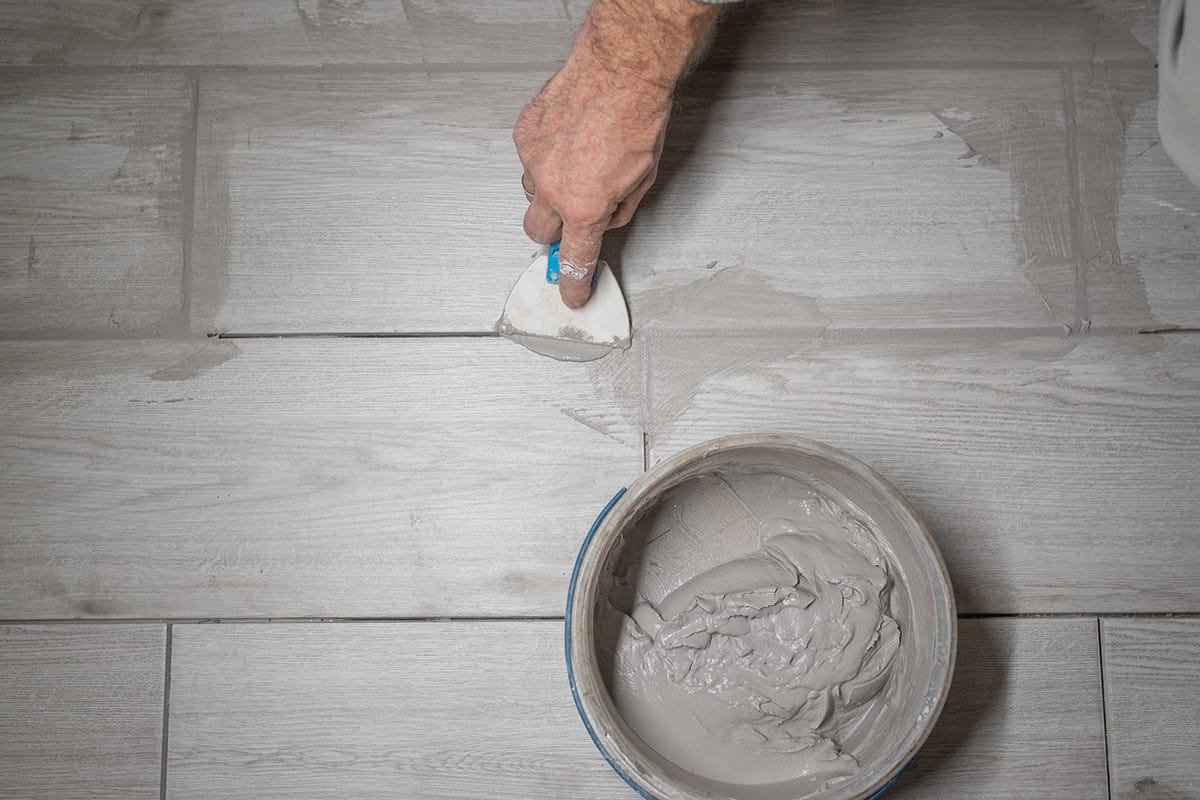
Another important step is to seal any cracks in the floor. Cracks can allow water to seep into the subfloor, causing the wooden supports to rot.
Monitor The Foundation
Finally, avoid planting trees or shrubs too close to your foundation, as their roots can cause the ground to shift and settle over time.
By taking these precautions, you can help keep your bathroom floors safe from sinkholes.
Final Words
If you're experiencing a sinking bathroom floor, it's important to find the source of the issue and fix it as soon as possible. While there are many potential causes for a sinking bathroom floor, some are more serious than others. Review this post so that you can start troubleshooting the issue.
If you need help fixing your household problem, keep following our posts below:

